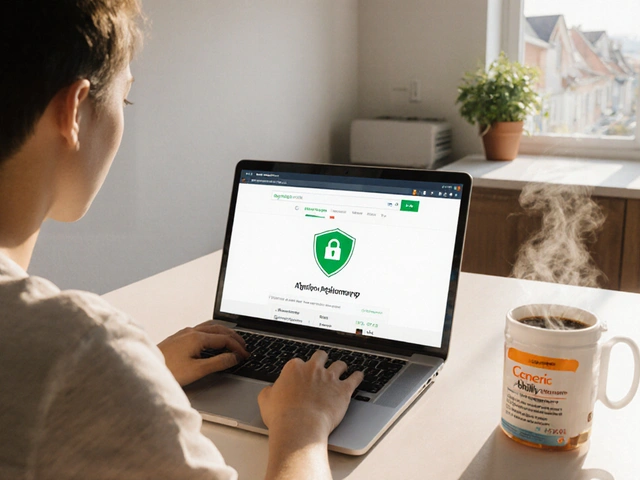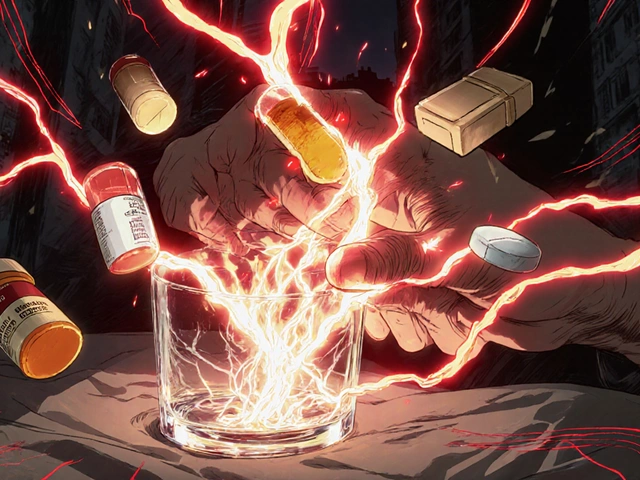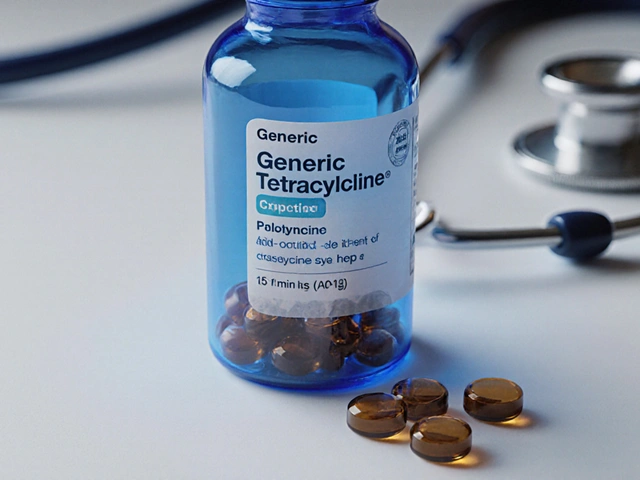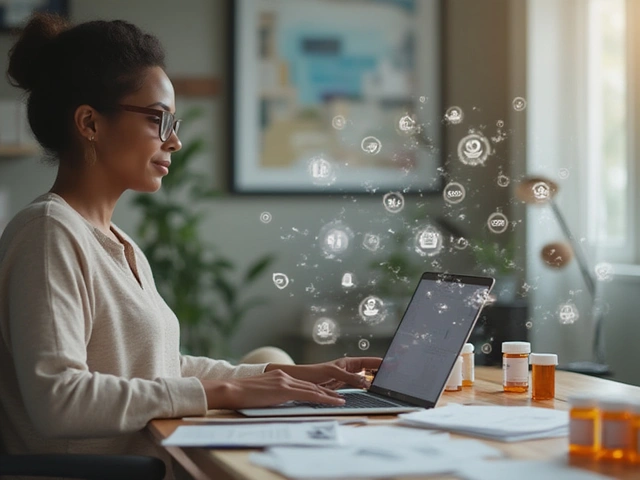Safety Tips for Buying Medications Online
Thinking about ordering prescription meds or supplements from the internet? You’re not alone—many people turn to online pharmacies for convenience and price. But a few simple safety checks can mean the difference between getting the right treatment and ending up with a counterfeit or unsafe product. Below are the most useful tips you can apply right now.
Check the Pharmacy’s Credentials First
Start by confirming the pharmacy is licensed in the country it operates. Look for a visible pharmacy license number, a physical address, and a working phone line. Reputable sites often display a badge from a recognized regulator (e.g., the UK’s General Pharmaceutical Council or the US’s NABP). If you can’t find any of these, move on—legit pharmacies don’t hide their credentials.
Next, search the pharmacy name on the online pharmacy verification tools like the NABP’s VIPPS or the UK’s MHRA list. A quick lookup will tell you whether the site is approved or has a history of violations. This step takes less than a minute and saves you headaches later.
Confirm Prescription Requirements
Any pharmacy that offers prescription‑only drugs without asking for a valid prescription should raise a red flag. Legit sites will either ask you to upload a scanned prescription or arrange a tele‑consult with a licensed clinician. If the site says “no prescription needed” for powerful meds like warfarin, imuran, or zolpidem, it’s almost certainly a scam.
When you do upload your prescription, make sure the pharmacy encrypts your data (look for https:// in the URL) and that they have a clear privacy policy. Your health information deserves the same protection as your credit card details.
Beyond the paperwork, pay attention to the drug’s name spelling. A misspelled medication (like “Endomethacin” instead of “Indomethacin”) can indicate a counterfeit listing. Double‑check the spelling against reputable sources such as MedClean’s drug database.
Compare Prices, but Don’t Chase the Lowest Offer
It’s tempting to go for the cheapest price you see, especially for expensive chronic meds. However, exceptionally low prices can signal sub‑standard or counterfeit products. Use price‑comparison tools to see the typical market range, then aim for a mid‑range price from a verified pharmacy.
If a deal seems too good to be true, read reviews. Look for consistent complaints about delayed shipping, missing pills, or unexpected side effects. Trustpilot, Google reviews, and pharmacy‑specific forums are good places to gauge real‑world experiences.
Secure Your Transaction
Always pay with a credit card or a secure payment gateway that offers fraud protection. Avoid direct bank transfers, wire services, or cryptocurrency payments unless you’re absolutely sure the vendor is legitimate. Credit cards give you a chance to dispute a charge if the medication never arrives or is defective.
After you place the order, keep a copy of the receipt, tracking number, and any correspondence. If something goes wrong, you’ll need these details to request a refund or lodge a complaint with consumer protection agencies.
Know the Warning Signs of Counterfeit Drugs
Counterfeit pills often look different—odd colors, misshapen tablets, or unusual packaging. When you receive a product, compare it to the official photos on FDA or EMA websites. Check expiration dates, batch numbers, and manufacturer details. Any mismatch should trigger a stop‑use and a report to the pharmacy and regulatory body.
Finally, trust your instincts. If a pharmacy’s customer service is slow, vague, or evasive, that’s a sign to look elsewhere. Your health is worth the extra effort to find a safe, reputable source.
By following these safety tips, you can enjoy the convenience of online drug purchases while keeping your health protected. Remember: verify, compare, secure, and never compromise on prescription requirements. Stay safe and shop smart!






